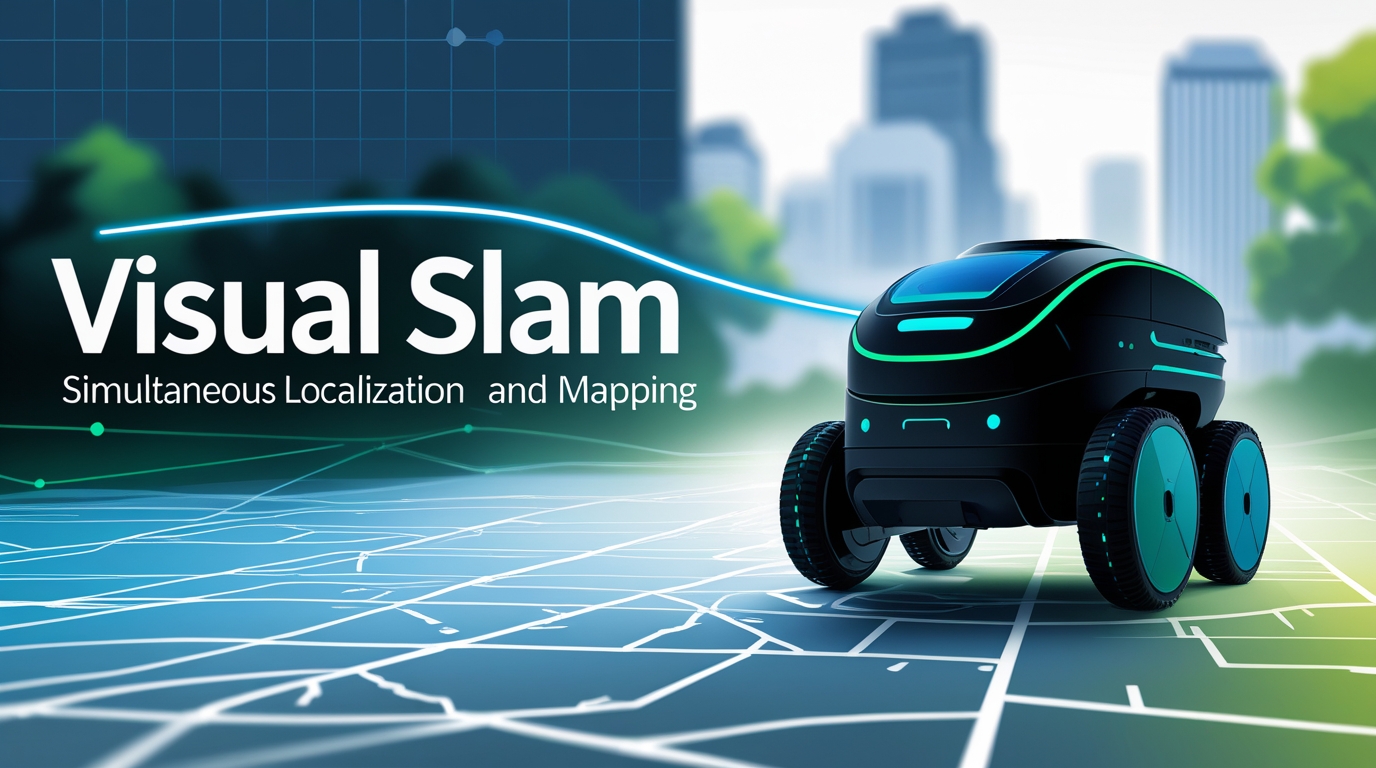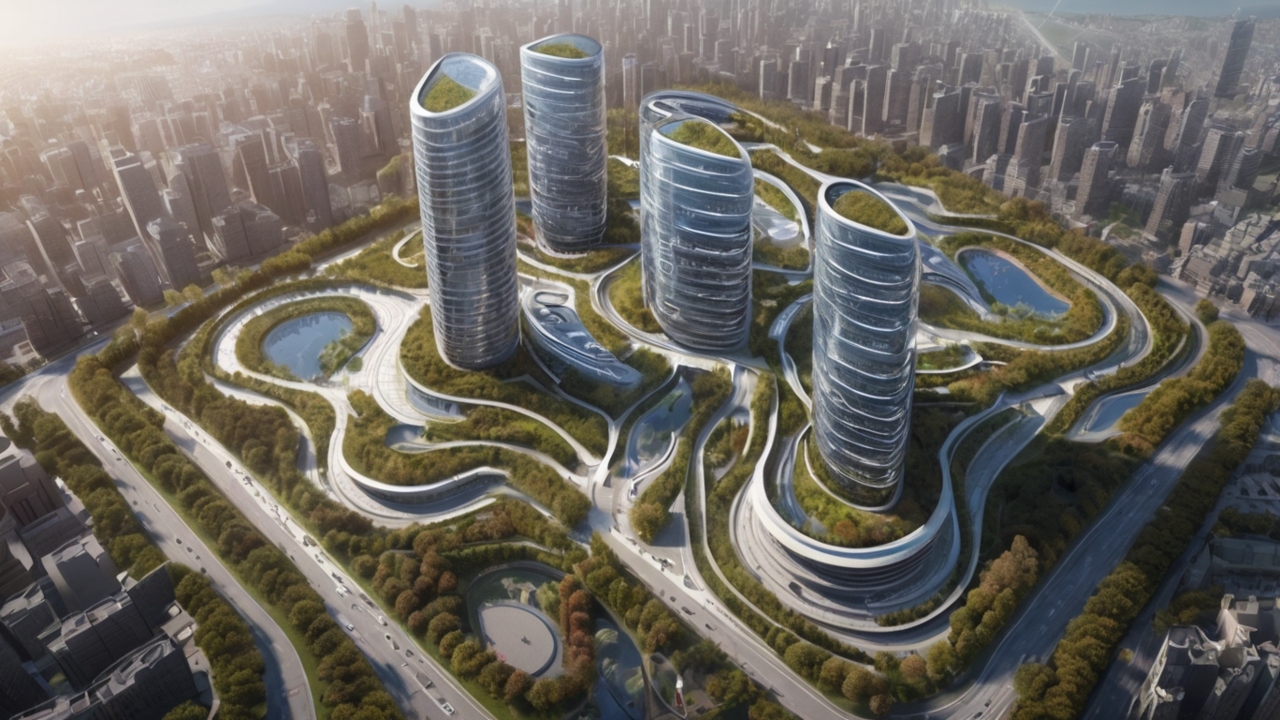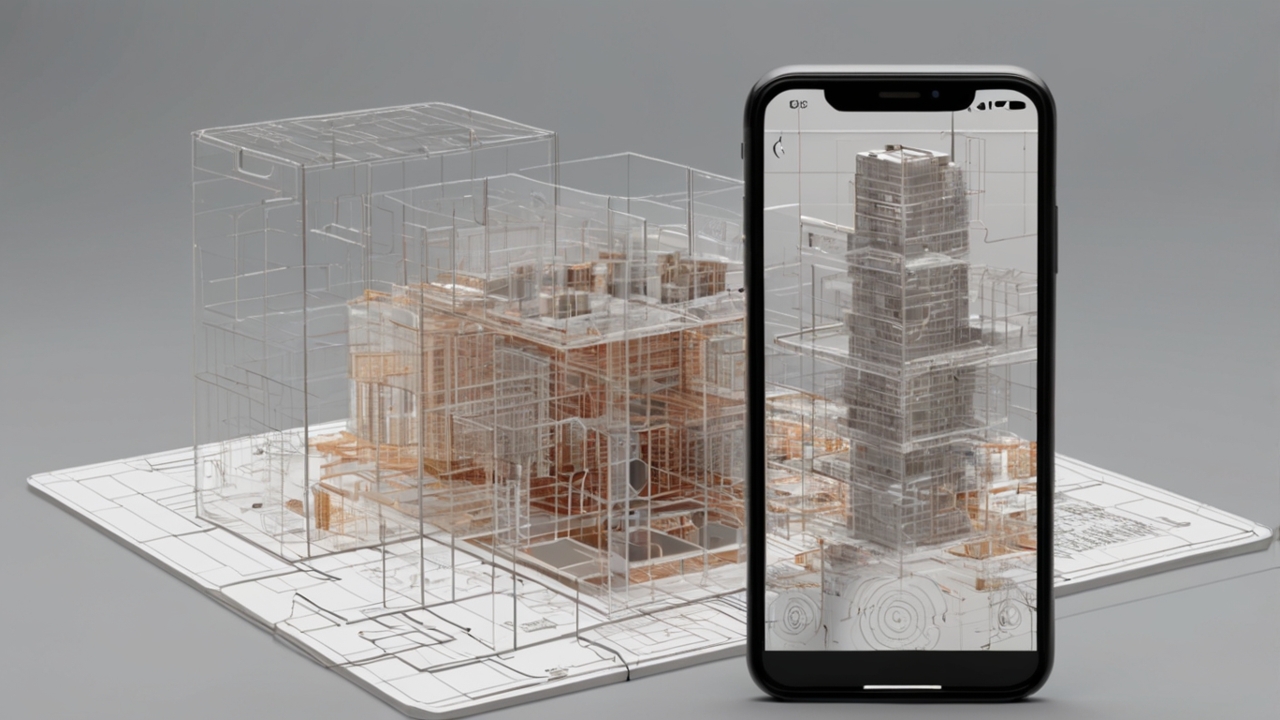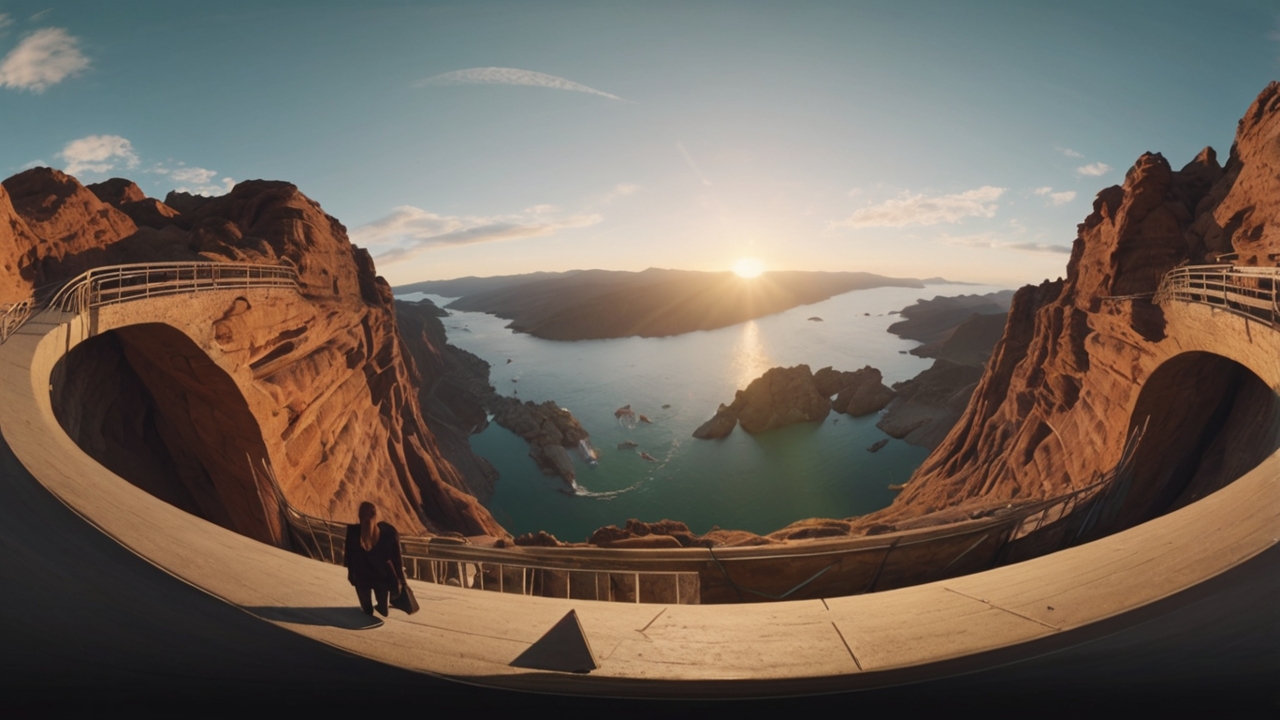Mayumiotero – The advancement of Simultaneous Localization and Mapping (SLAM) has revolutionized how machines understand and interact with physical spaces. In the context of Augmented Reality (AR), Visual SLAM plays a vital role in merging the digital and physical worlds seamlessly. Unlike traditional tracking systems that rely on external sensors or GPS, Visual SLAM uses cameras and real-time visual data to map the environment while identifying the user’s exact position within it. As a writer who follows technological evolution closely, I find this innovation fascinating because it allows AR devices to “see” and understand space much like the human eye.
“Read also: Dubai Bets on Speed Over Spending in the Global Race for AI Governance“
How Visual SLAM Works in Augmented Reality
To grasp how Simultaneous Localization and Mapping functions, imagine walking through a room with a smartphone camera pointed ahead. The system continuously captures images and detects key visual features such as edges, corners, or patterns. These points are then tracked across frames, allowing the device to determine both movement and spatial layout simultaneously. Essentially, the system constructs a 3D map while localizing itself within that map. This real-time feedback loop makes AR applications stable, accurate, and immersive. Without SLAM, digital overlays in AR would appear unstable or misaligned with physical objects.
The Core Components Behind SLAM
Visual SLAM consists of two major components: localization and mapping. Localization determines the device’s position relative to its surroundings, while mapping builds a virtual model of the environment. These components work in harmony through algorithms like ORB-SLAM, LSD-SLAM, or RTAB-Map, depending on the application. The balance between computational speed and accuracy is crucial; too much processing delay can cause visual lag, breaking the illusion of augmented reality. Personally, I see SLAM as the technological equivalent of human perception always adjusting, interpreting, and refining its understanding of space in real-time.
From Robotics to AR: The Evolution of SLAM
Initially, SLAM was developed for robotics and autonomous navigation, enabling robots to move safely without prior knowledge of their surroundings. Over time, AR developers recognized its potential to bring contextual awareness to digital experiences. Apple’s ARKit and Google’s ARCore both integrate SLAM-based tracking, allowing smartphones and AR glasses to place digital objects with remarkable precision. This crossover between robotics and AR demonstrates how innovation in one field can transform another something I find both inspiring and inevitable in the age of technological convergence.
Why Visual SLAM Is Crucial for AR Experiences
In the world of AR, immersion depends heavily on stability and precision. Visual SLAM ensures that virtual objects remain fixed in the real world even as users move or change perspective. For instance, in AR-based interior design apps, furniture must stay anchored to the floor, not drift when the camera shifts. Similarly, in gaming, a character rendered in AR should move naturally relative to the player’s surroundings. Without Simultaneous Localization and Mapping, these experiences would feel artificial and disconnected. I believe this reliability is what transforms AR from a novelty into a practical tool.
“Read also: Microsoft’s New Superintelligence Team: A Bold Leap Toward the Future of AI“
Challenges in Implementing Visual SLAM
Despite its effectiveness, Visual SLAM is not without challenges. Factors like low lighting, motion blur, and featureless environments can hinder its accuracy. Moreover, the computational power required to process real-time data can drain device resources quickly. Developers continuously refine algorithms to address these issues, often combining SLAM with inertial measurement units (IMUs) for better stability. From my perspective, the ongoing pursuit of efficiency in SLAM is what pushes hardware and software innovation forward, creating a more fluid interaction between humans and machines.
Applications Beyond Entertainment
While AR gaming and social filters are the most visible examples, Visual SLAM’s applications go far beyond entertainment. In architecture, it helps visualize designs in real-world contexts. In education, it enables interactive learning through spatial visualization. Moreover, in industrial maintenance and medical training, AR powered by SLAM provides hands-on, real-time guidance that improves precision and safety. I find it remarkable how a technology once confined to research labs now impacts so many sectors, empowering professionals to blend virtual insights with physical tasks seamlessly.
The Future of Visual SLAM in AR and Beyond
Looking ahead, the next frontier for Simultaneous Localization and Mapping lies in its fusion with AI and edge computing. As machine learning models improve object recognition and spatial understanding, SLAM will become faster, smarter, and more adaptive. We may soon see AR systems capable of understanding context recognizing rooms, furniture, or even people to tailor experiences dynamically. In my view, this evolution represents a step toward a world where AR is not just reactive but truly intelligent, capable of transforming daily life with intuitive spatial awareness.













